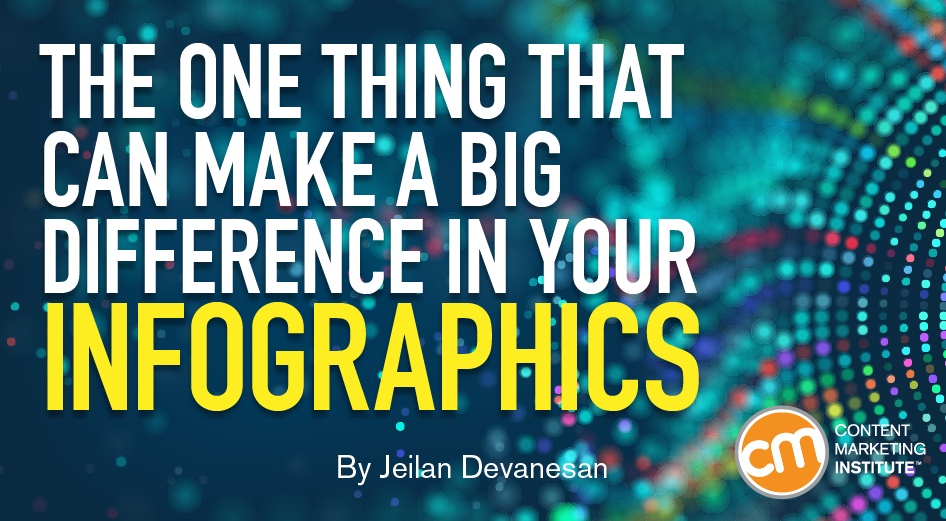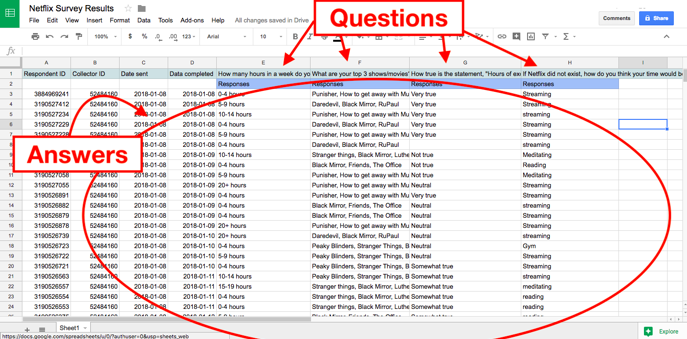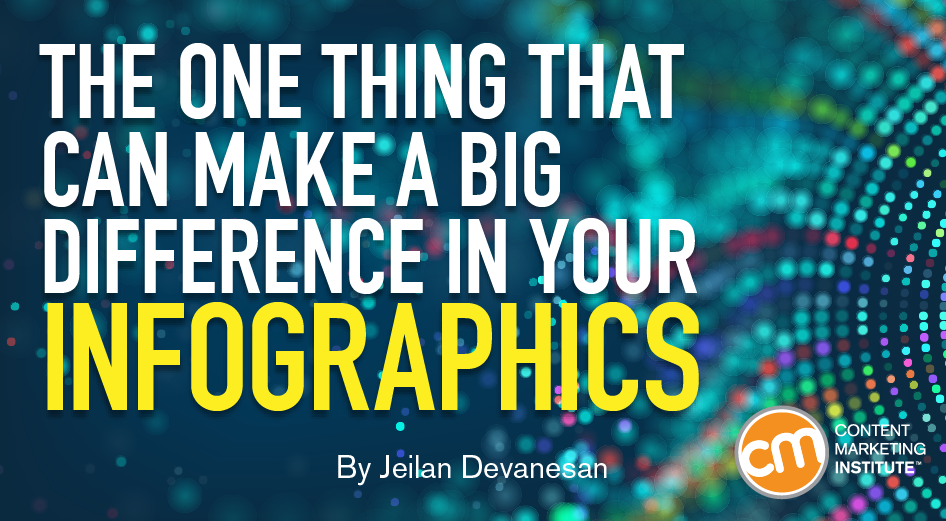That’s why you need to use infographic outlines. Infographic outlines organize your content and optimize the design process. Effective outlines are the culmination of thorough research, organization, and planning. It’s a great example of what a stunning infographic looks like, and the content itself is relevant to its audience of marketers, designers, content creators, etc. While the outline is complete, there’s a final essential step – a few notes for the designer. TIP: To avoid confusion between the notes and the infographic content, make the notes in the headers and footers of the outline. Determine headers, subheaders, and facts At this stage, finalize the content for the infographic. Include notes for designer The role of notes for the design is the same whether you’re creating original content or working with existing content. Here’s the snapshot of how notes would work in the blog post-turned-infographic example: Conclusion Don’t create infographics just because studies show they’re popular and effective. Create infographics because they are essential to your content marketing strategy and your team is well prepared to create highly effective infographics in an efficient manner.

Countless studies tell us infographics are highly engaging and that incorporating them into our content marketing strategy makes sense. But if the process for creating them is chaotic, the content is random, and the design guidelines are unclear, then each attempted infographic just eats up time and resources, and rarely delivers.
To successfully create memorable infographics that drive engagement, you need to stick to deadlines and keep up the momentum throughout their development. That requires a system to streamline the creation from start to finish.
That’s why you need to use infographic outlines.
Infographic outlines organize your content and optimize the design process. Good outlines ensure content quality, design quality, and improved turnaround. Effective outlines are the culmination of thorough research, organization, and planning.
Your outline process will differ slightly depending on whether you’re using existing content or starting from scratch. I’ll walk through both approaches.
5 steps to go from nothing to the perfect infographic outline
You want to put together an infographic to publish in the next week or two. It needs to be original, informative, and entertaining. How you kick off this process directly impacts how the final product eventually performs. When starting from scratch, follow these five simple steps:
- Choose an interesting topic.
- Conduct research.
- Determine a data-collection method.
- Include titles, headers, subheaders, and general findings.
- Include design notes.
1. Choose an interesting and relevant topic
When deciding on a topic, think about your audience first. What can you create that is insightful, solves a problem, answers a question, or entertains your audience members?
In this example, NeoMam Studios created an infographic about why people like infographics (clever). It’s a great example of what a stunning infographic looks like, and the content itself is relevant to its audience of marketers, designers, content creators, etc.

To create an example for this post, I settled on an internal audience and something smaller scale but engaging in any workplace setting – the Netflix habits of our employees. It’s the kind of topic that really impacts office chemistry.
2. Conduct research
To gather the data about your topic, pick a research method, such as:
- Using Google search hacks
- Finding existing surveys or polls
- Conducting research
- Accessing academic sources
For the Netflix behavior topic, conducting research was necessary. I sent a survey to employees. It was easy to put together and took only a few days to get the results.
3. Collect and organize your data
With your research complete, it’s time to pull together the data you gathered.
I exported my Netflix survey data into a spreadsheet:

In a separate document, I listed each question and the volume of responses for each answer. I also included a tally of the qualitative responses to determine the most frequent answers.

With all the responses tallied, the body to the infographic outline was ready….

COMMENTS